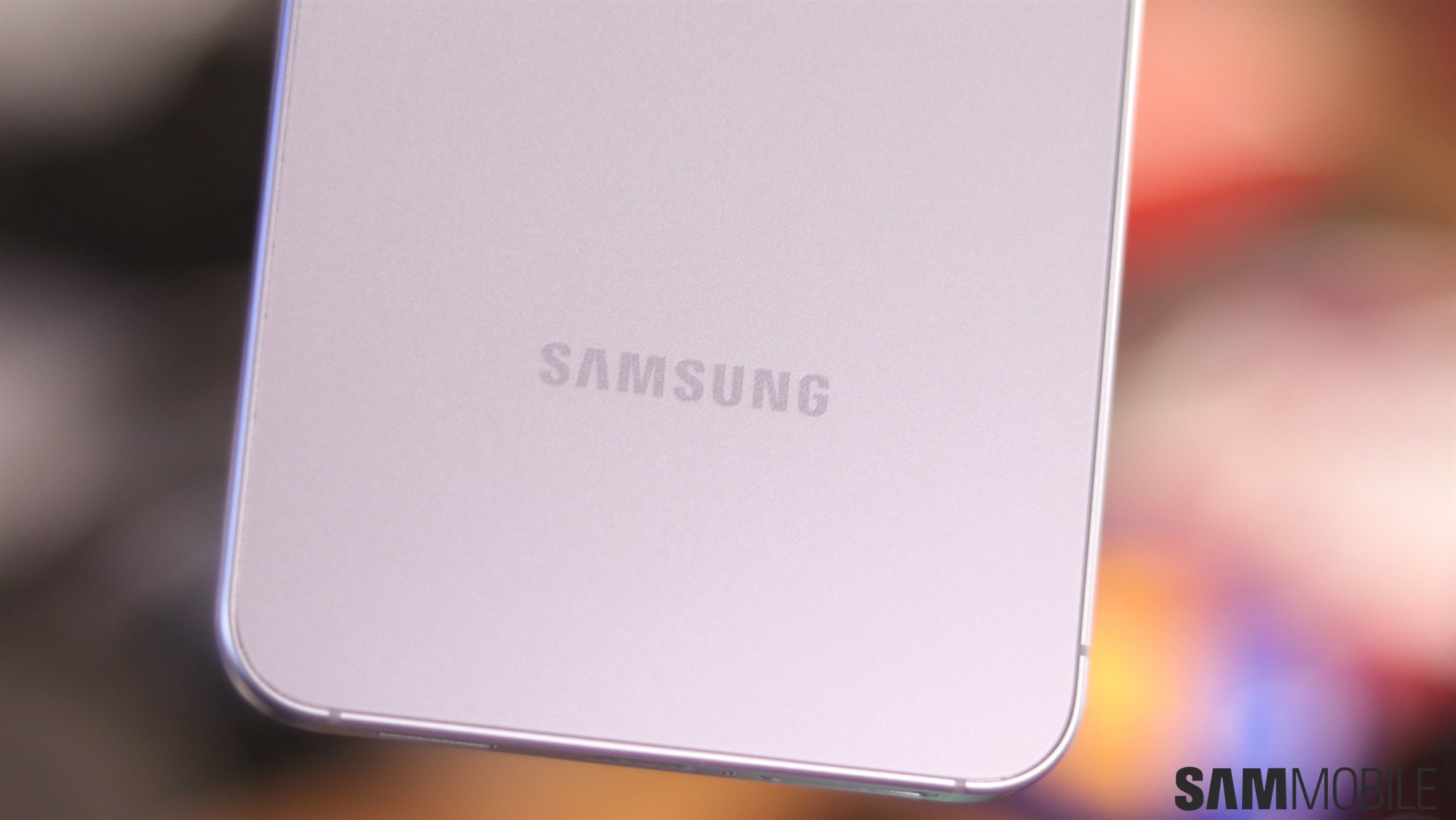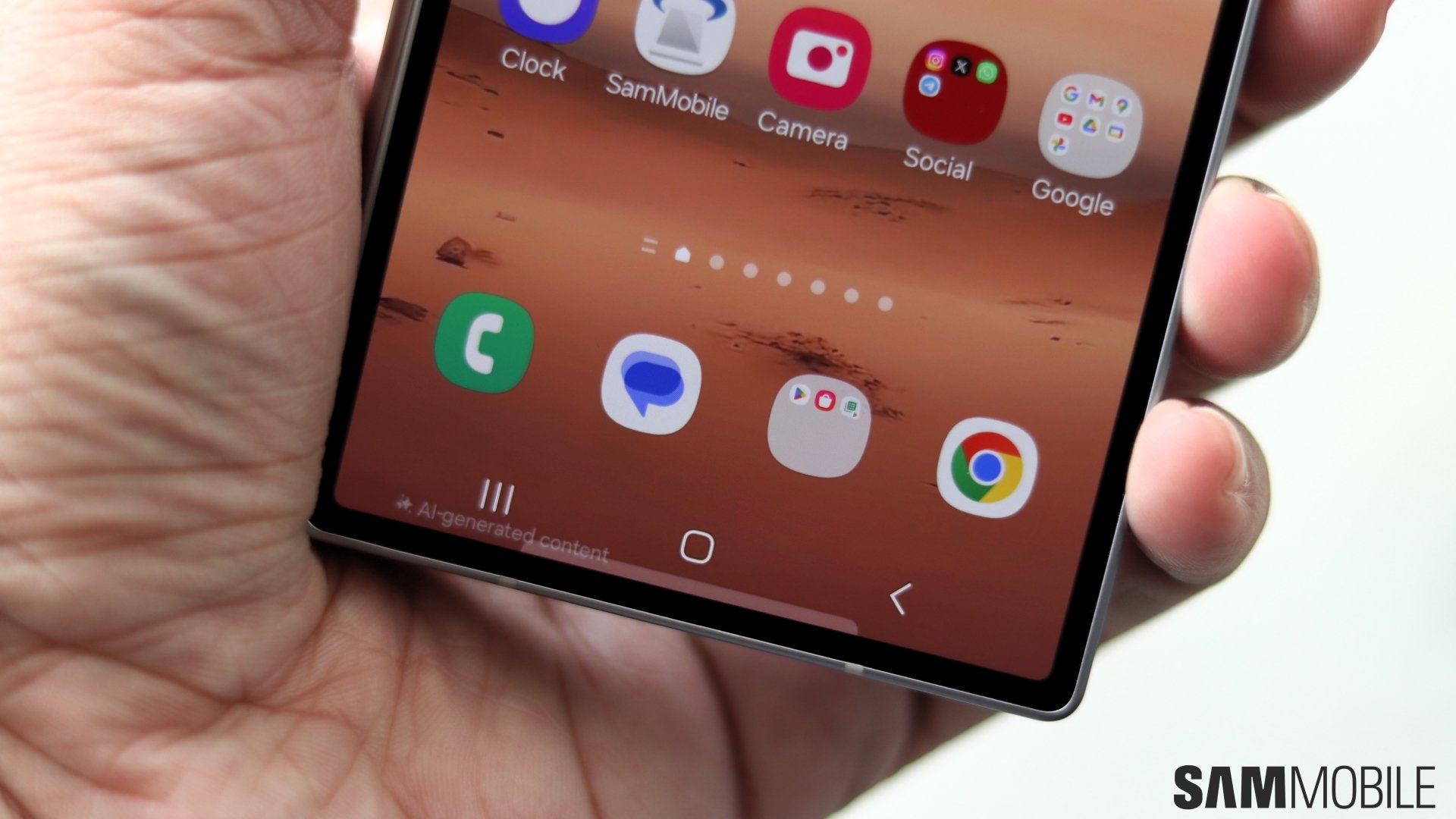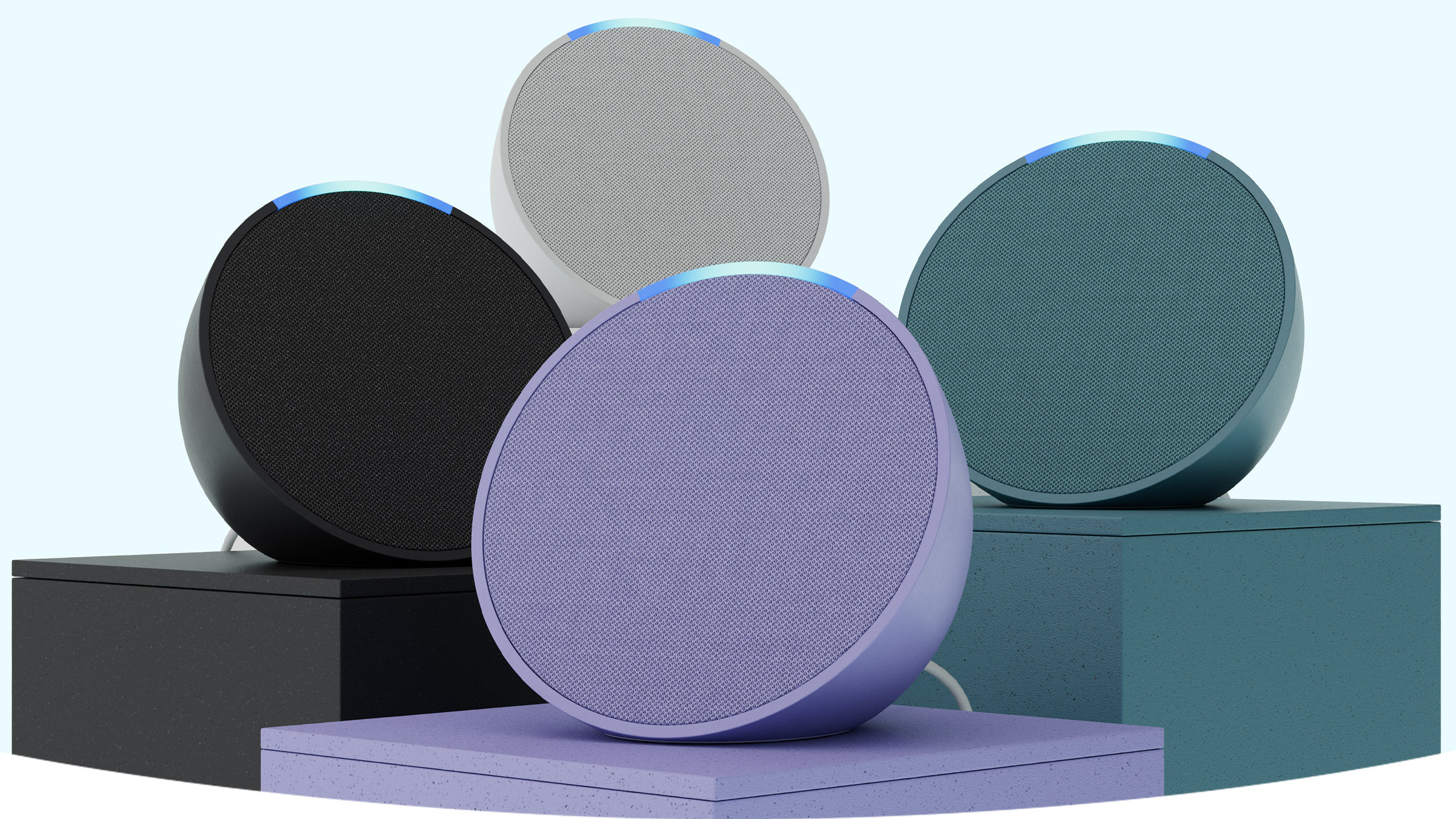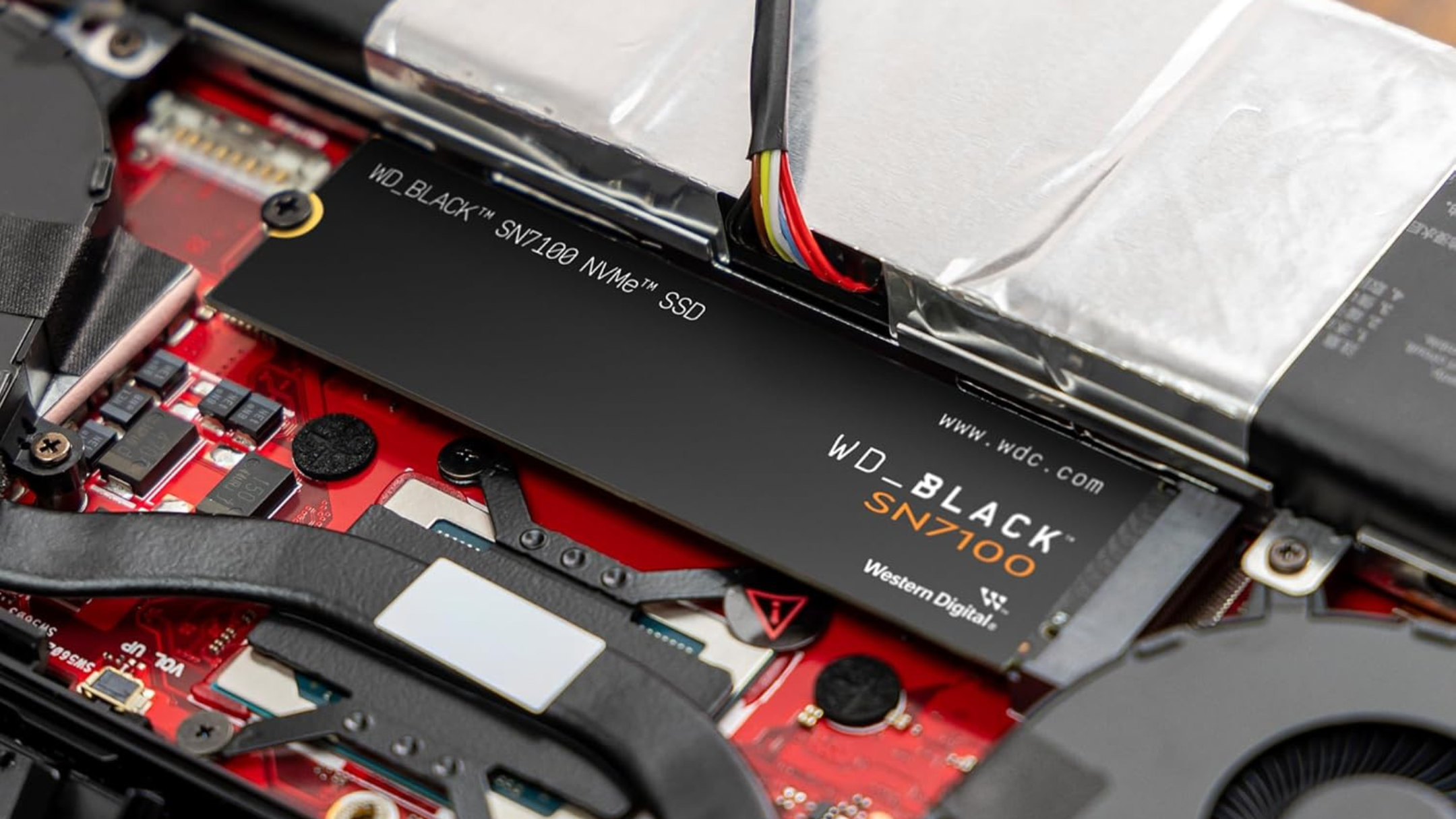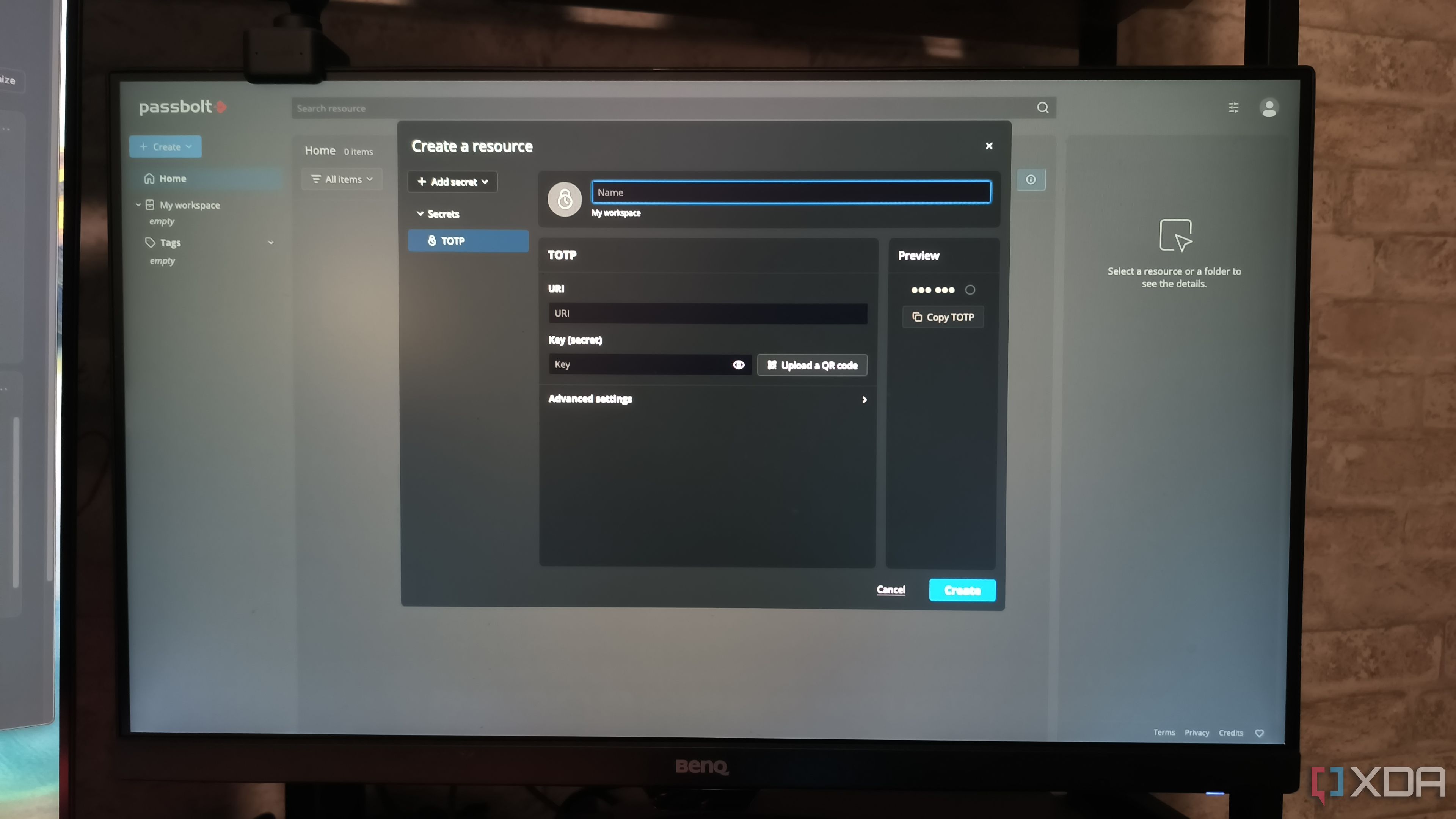Thanks to EU, future Galaxy devices could come with better battery tech
Over the past few years, the European Union (EU) has been doing extremely good work to improve consumers' experience of using technology. After forcing Apple and Google to open up their operating systems (Android and iOS) to third-party app and game stores, the EU is bringing better smartphones and tablets batteries. Starting June 2025, phones […] The post Thanks to EU, future Galaxy devices could come with better battery tech appeared first on SamMobile.
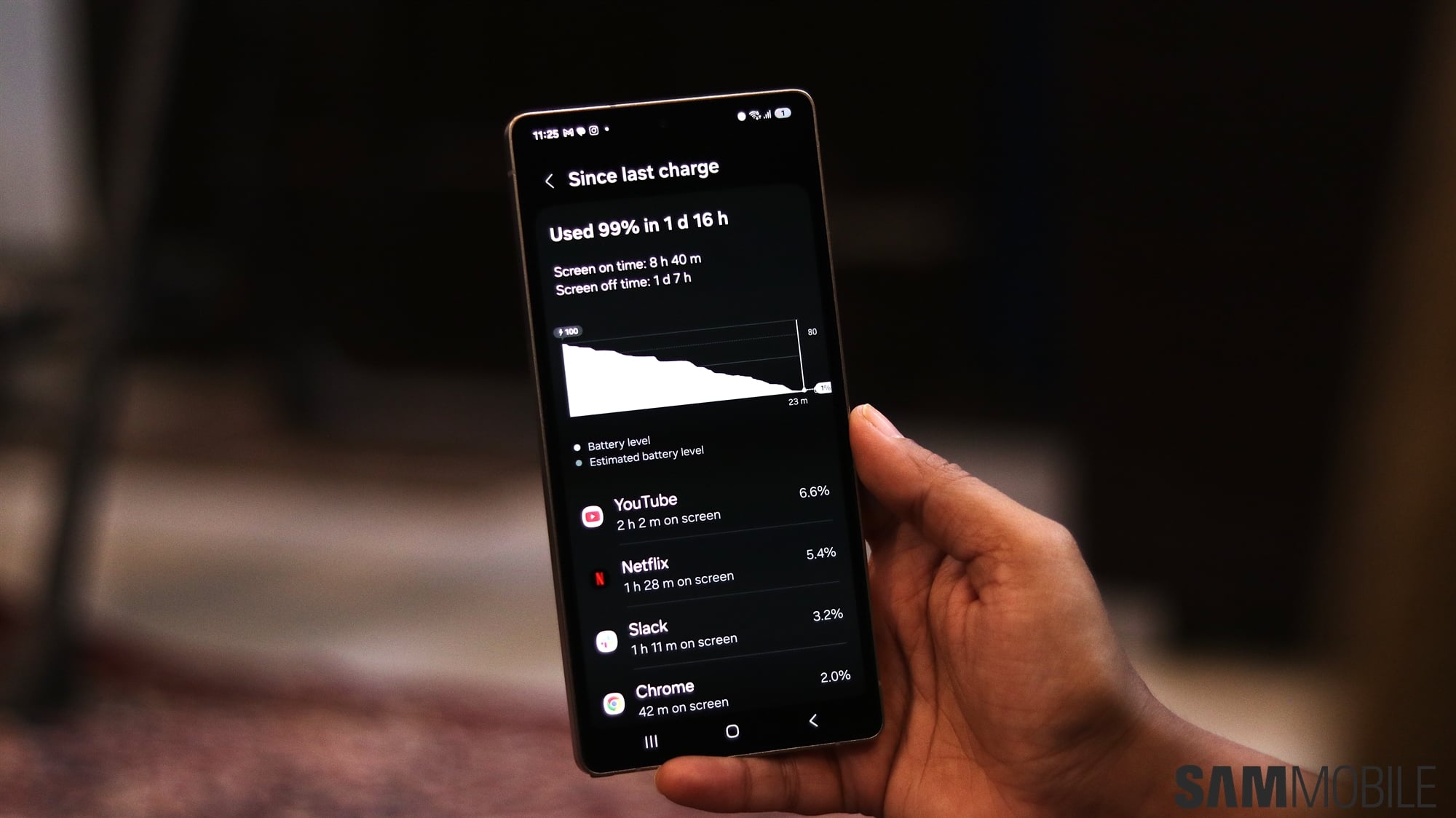
Over the past few years, the European Union (EU) has been doing extremely good work to improve consumers' experience of using technology. After forcing Apple and Google to open up their operating systems (Android and iOS) to third-party app and game stores, the EU is bringing better smartphones and tablets batteries.
Starting June 2025, phones and tablets being sold in the EU will be required to carry the European Product Registry for Energy Labelling (EPREL) label. It will display battery longevity and efficiency.
Galaxy phones sold in EU will come with EPREL label to display battery performance

EPREL Label
The EU has mandated that smartphones and tablets sold in the region starting 20 June 2025 should carry the EPREL label that displays the device's battery life and efficiency. This label is an update to the existing ENERGY label that all devices in the region carry.
The EPREL label applies to cordless landline phones, feature phones (non-smartphones), smartphones, and tablets (with screen sizes from 7 inches to 17.4 inches). It will exclude phones with flexible and rollable main displays. It will display seven things listed below:
- Energy Efficiency Grade (A to G)
- Energy Efficiency Class
- Battery Endurance Per Cycle
- Repeated Free Fall Reliability Class
- Battery Endurance (In Cycles)
- Repairability Class
- Ingress Protection (IP) Rating
To comply with the new rules, device manufacturers must meet strict criteria set by the EU. The device should
- Battery longevity: Device's battery should hold at least 80% of its original charge capacity after 800 charge cycles.
- Durability: Devices should be resistant to accidental drops and protected against dust and water.
- Repair access: Professional repairers and engineers should have non-discriminatory access to any required firmware or software.
- Repairability: Brands should make all the critical spare parts available within. 5 to 10 working days and offer them for seven years after the product is no longer sold in the EU.
- Software support: Devices must receive operating system updates for at least five years from the date when it was last sold in the region.
All the suppliers (authorized representatives, brands, and importers) must register their product models that are to be sold in the EU via the EPREL platform managed by the European Commission.
Brands are required to display accurate data via the EPREL label shipped with the device, but to ensure reliability of the data, the EU Commission will verify the information related to battery performance, IP rating, and repairability.
Samsung has already promised to offer long-term software update support that complies with the EU's new requirements. Even its entry-level devices will get six major Android OS updates. However, the company needs to improve its battery technology if it aims to comply with the new rules of battery retaining at least 80% capacity after 800 charge cycles.
The post Thanks to EU, future Galaxy devices could come with better battery tech appeared first on SamMobile.


